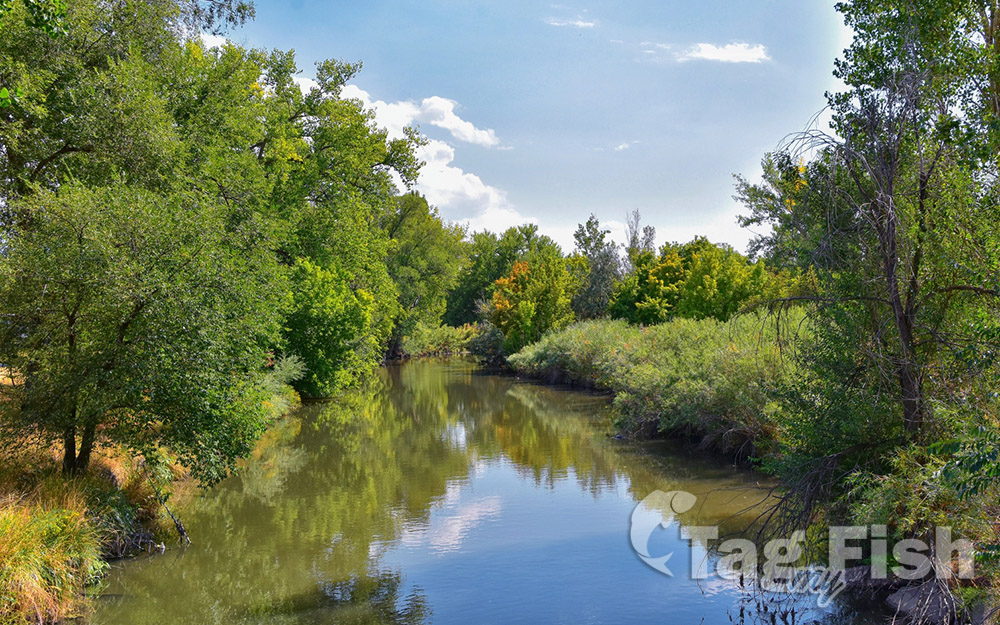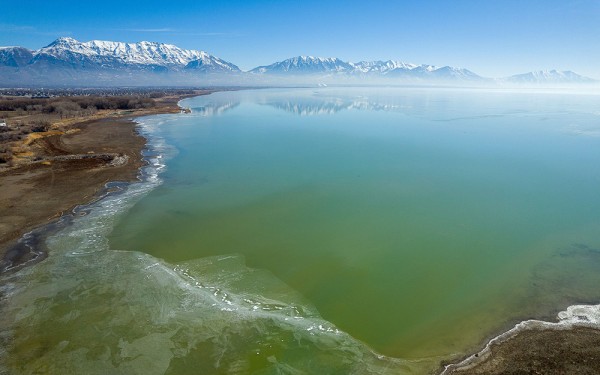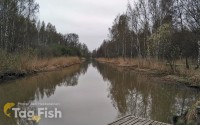Jordan River (Utah)

Natural lakes
Cypriniformes - Carps
Cypriniformes - Carps
Cypriniformes - Carps
The Jordan River, in the state of Utah, United States, is a river about 51 miles (82 km) long. Regulated by pumps at its headwaters at Utah Lake, it flows northward through the Salt Lake Valley and empties into the Great Salt Lake. Four of Utahs six largest cities border the river: Salt Lake City, West Valley City, West Jordan and Sandy. More than a million people live in the Jordan Subbasin, which is the part of the Jordan River watershed that lies within Salt Lake and Utah counties. During the Pleistocene, the area was part of Lake Bonneville.
Members of the Desert Archaic Culture were the earliest known inhabitants of the region; an archaeological site found along the river dates back 3,000 years. Mormon pioneers led by Brigham Young were the first European American settlers, arriving in July 1847 and establishing farms and settlements along the river and its tributaries. The growing population, needing water for drinking, irrigation, and industrial use in an arid climate, dug ditches and canals, built dams, and installed pumps to create a highly regulated river.
Historically, the Jordan River was a cold-water fishery that contained 13 native species, including the Bonneville cutthroat trout, Utah Lake sculpin, June sucker, Mottled sculpin, Utah chub and the Utah sucker. Today, the Jordan River is a warm-water fishery with the Utah sucker and the endangered June sucker present only in Utah Lake. The Utah chub, however, is still found in the Jordan River. The most common species of fish encountered today is the common carp, which was introduced into the Jordan River and Utah Lake as a source of food after overfishing caused the depletion of native species stocks. The Utah Division of Wildlife Resources regularly stocks the river with catfish and rainbow trout.








